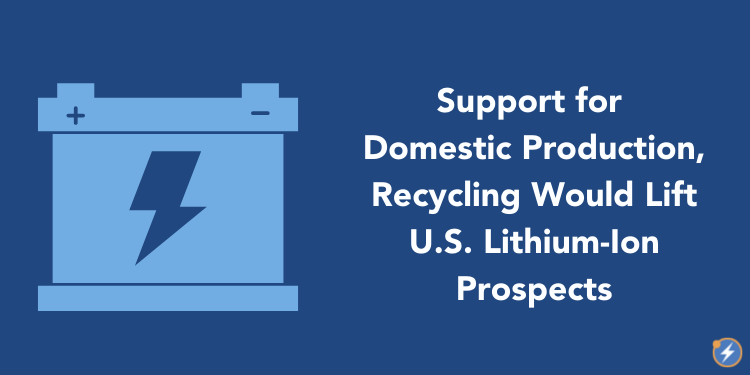/Electric%20Transportation%20Dominance.png?width=750&name=Electric%20Transportation%20Dominance.png)
In the 1920s the United States dominated the automobile market, led by Henry Ford and the Ford Motor Co. Before that, cars were difficult to make and expensive to buy. But thanks to Ford’s Model T and (then) newfangled assembly line production, the demand for cars became overwhelming, driving production into high gear, putting Americans to work with higher wages, and lowering the cost of these vehicles. This phenomenon occurs with most new technologies, from the desktop computer to the toaster. So, it is no surprise that we see the same phenomenon happening with electric vehicles (EVs) nearly 100 years later. Question is: Is the U.S. prepared to dominate the EV market the way it did in Henry Ford’s time?

/Advanced%20Energy%20Mfg.png?width=750&name=Advanced%20Energy%20Mfg.png)
/CA%20ET%20Success.png?width=750&name=CA%20ET%20Success.png)
/IL%20EV%20supply%20chain.png?width=750&name=IL%20EV%20supply%20chain.png)